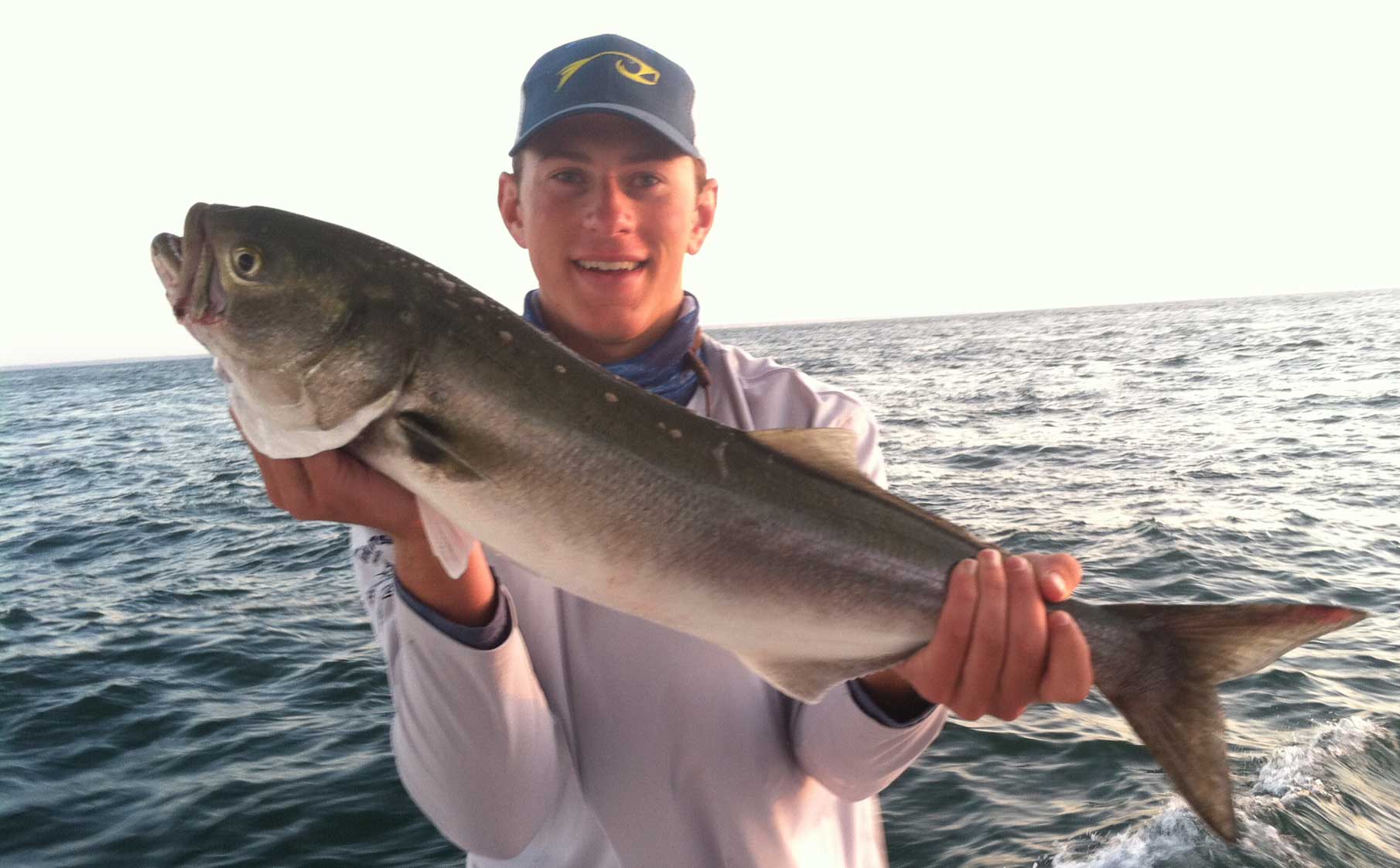

Nevertheless, there are other heterospecific impacts that could also be derived from aquaculture. In general, the study of the genetic impacts of aquaculture has focused on wild populations of the same species and/or closely related species that can hybridize with escapees. 1993), sometimes due to alterations of behaviour in domestic variants (Hutchings and Fraser 2009 Castillo et al. 2003), as well as increases in interspecific hybridization (Verspoor 1988 Youngson et al. These include the reduction of local native populations by competition with exotic farmed species (Naylor et al. Interspecific impacts of aquaculture have also been reported. 2005), flatfishes (e.g., Danancher and Garcia-Vazquez 2011), shellfish (e.g., Gaffney 2006), and algae (e.g., Voisin et al. Examples are abundant and include salmonids (e.g., Machordom et al. Farm escapees and deliberate releases of hatchery stocks also have the potential to alter population structuring and phylogeographic patterns of aquatic species. Variants from domestic fishes can be introduced into native genetic pools thus reducing local adaptation, as reported for different species (e.g., Youngson et al. 2001 Read and Fernandes 2003 Naylor et al.

One of the most studied effects on wild fish populations is the genetic interaction between farm escapees and wild conspecifics (e.g., Hindar et al.

The impacts of aquaculture on natural ecosystems are wide-ranging, from esthetic aspects to undesirable effects on wild surrounding populations (Black 2000 Fernandes et al. All results suggest that aquaculture acts as an attractor for Bluefish and could affect genetic diversity as well as phylogeography of this fish and maybe other similar species that aggregate around marine fish farms. The genetic membership of those individuals revealed some degree of interbreeding between the East and West Mediterranean Bluefish stocks. However, between 7.14% and 11.9% of individuals were assigned to the distant and different genetic unit inhabiting Turkish waters, the East Mediterranean stock. As expected, most of the individuals caught from inside the fish farm cages were assigned to the local genetic population. Bluefish were genetically assigned to their putative origin using seven microsatellite loci and mitochondrial cytochrome oxidase subunit I as molecular markers. We compared the genetic diversity of adult Bluefish caught inside one aquaculture farm located in Spanish waters of the western Mediterranean Sea with reference individuals of East and West Mediterranean stocks from the open sea. The Bluefish Pomatomus saltatrix, which exhibits two distinct genetic units in the Mediterranean Sea, is a voracious predator and is attracted to aquaculture cages to prey on farmed fish, particularly Gilthead Seabream Sparus aurata and European Sea Bass Dicentrarchus labrax. Aquaculture impacts on wild populations of fish have been considered principally due to farm escapes.


 0 kommentar(er)
0 kommentar(er)
